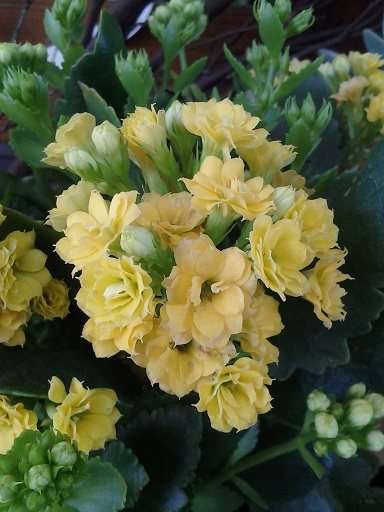Fireplaces simply are not what they used to be. Building regulations in many municipalities do not allow for the construction of new fireplaces, except only for pellet stoves. Fireplaces that get damaged by earthquakes are commonly removed instead of repaired. Now that urban sprawl has replaced so many of the rural areas and defunct orchards, firewood is more expensive, even if purchased from a tree service. When a tree needs to be cut down, no one seems to have the time to cut and split the wood.
Modern heating systems are so much more reliable, efficient and just plain easy. Their fuel can actually be less expensive than firewood, and is not nearly as polluting. There is no smoke to offend the neighbors. There are no potentially dangerous sparks. There is no dirty chimney that needs to be cleaned. There is no need for firewood occupying space in the garden. Yet, with all the advantages of other heating systems, many of who still have fireplaces like to use them now that the weather is getting cool.
Because so much heat and a few sparks go out through the chimney, it is extremely important to keep trees and vines away from the top of the chimney. Cypress, pines, cedars, large junipers, eucalypti and fan palms that are not groomed of their dried old leaves are very combustible. Vines like wisteria, bougainvillea, creeping fig and Boston ivy are not unusually combustible, but have a sneaky way of overwhelming chimneys and accumulating debris (and sometimes rat or bird nests!). Any vegetation will be combustible if it gets hot enough. Sparks from burning foliage above can easily ignite old fashioned cedar shingles.
Trees should also be pruned away from roofs, gutters, fences and anything else that can be damaged by the abrasive motion of the stems and foliage in the wind. Stems of deciduous trees lose weight as they defoliate, and may even lift off of roofs that they had been leaning onto just a few weeks ago, but should be pruned accordingly anyway. Branches that have been leaning on a roof for quite a while may have accumulated a bit more debris than would be expected. Gutters and downspouts should be cleared of debris before the rain starts, and may need to be cleared again later where deciduous trees fill them up through autumn and winter.
highlight: kalanchoe
It is unfortunate that, like Easter lilies and poinsettias, most kalanches, Kalanchoe blossfeldiana, are enjoyed while actively blooming, and then discarded as their blooms fade. It is so easy to simply snip out the deteriorating flowers, and grow the small perennials plants for their appealing succulent foliage until they bloom again. They do not get much more than half a foot tall, so can stay in small pots indefinitely. They seem to prefer the porosity of clay pots. Because they can rot, they should be watered when the surface of the soil seems to be getting dry, and their drainage saucers should not be allowed to hold water too long. Kalanchoes like bright but indirect sunlight. They can be acclimated to direct sun exposure, but might seem to be somewhat stunted. If brought in before frost, they can be happy out on a patio. The clustered small flowers can be white, pink, red or bright or pastel shades of orange or yellow.








